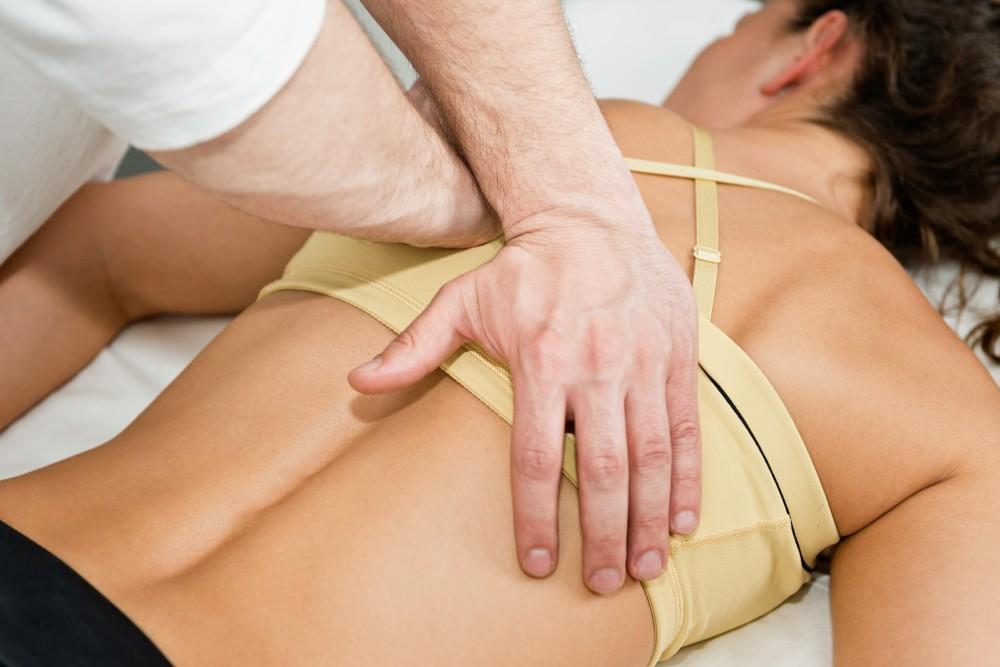
Four Treatment Options to Consider for Your Joint Pain

Certain joints in your body may be wearing down from years of repetitive action while working. You may find yourself feeling the effects of aging. Regardless of the cause, joint pain can inhibit your natural movements, forcing you to give up the activities you enjoyed in the past.
The doctors at Advanced Spine and Pain understand that not all joint pain can be treated in the same way. They offer a variety of joint pain treatments to Maryland and Virginia residents designed to give patients a better quality of life. Here are four remedies you might want to consider, depending on your situation.
1. Physical therapy
Physical therapy can be an excellent option to try before moving on to other treatments. The exercises prescribed by your therapist can build strength in the joint and give you a better range of movement. Going this route can help you avoid the need to undergo more extensive treatments and limit the number of medications needed to control your pain.
Your therapist may also recommend undergoing regular applications of heat or ice. Stimulating massages and braces can also give you more stability and provide you with a certain level of relief.
2. Steroid injections
Steroid injections may be recommended if you do not see any significant benefits from taking over-the-counter or prescription medications. The drugs can be injected directly into the joint through a needle. Patients dealing with pain in the spine typically have it administered through an epidural.
Some patients feel relief within hours of having the injection, while others may experience an increase for a few days until the steroid takes full effect. Having follow-up shots given in subsequent office visits may be necessary. The physicians at Advanced Pain and Spine have extensive experience in administering steroid injections safely.
3. Viscosupplementation
Viscosupplementation can be an option to consider for patients with joint pain in the knees resulting from a diagnosis of osteoarthritis. Your joint loses the fluid — of which hyaluronic acid is a crucial component — keeping your joints mobile as the disease progresses. That causes the parts of your knee to rub together, causing pain and accelerating the degeneration of that joint.
The procedure entails your doctor injecting your joint with hyaluronic acid, adding it to the current fluid remaining in the area. The benefits include improved movement, a reduction in pain, and possible slowing of the advancement of osteoarthritis.
4. Platelet-rich plasma treatment
Platelet-rich plasma (PRP) therapy involves using your body’s blood to promote healing in your joints. The process involves taking a sample of your blood, infusing it with a high concentration of platelets from your blood, and administering the solution through an injection back into the affected area of your body.
PRP can be used for a wide variety of issues, including ankle injuries, foot issues, and to promote healing after surgery. The entire procedure takes around half an hour to complete.
5. Stem cell therapy
Like PRP, stem cell therapy encourages the body to initiate healing of your joints to relieve pain. Doctors start by taking some blood from a vein in your arm. They then move on to extracting bone marrow from your hip. They combine both samples in a laboratory, using a centrifuge to separate your blood components down to the elements needed for healing.
Doctors then inject the solution into your joint. The stem cells work as a jump-start for your body to start looking for other components to aid in healing. Stem cell therapy works well in healing damaged tissues. A patient can experience faster recovery, improved mobility, and receive protection against future injury to the joint.
Residents of Virginia or Maryland looking for joint pain relief options can contact an Advanced Spine and Pain center near them. We’re always happy to answer any questions you have.
You Might Also Enjoy...


Understanding the Difference Between Cervical and Lumbar Stenosis

What to Expect After Radiofrequency Ablation for Neck Pain

When to Consider Injections for Your Sciatic Pain

What Happens When You Throw Your Back Out?

